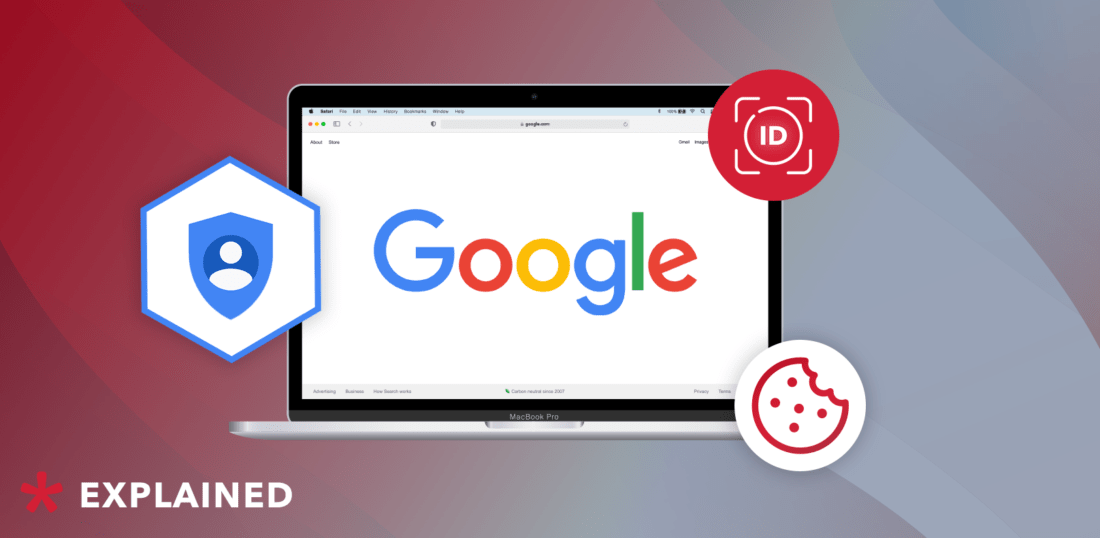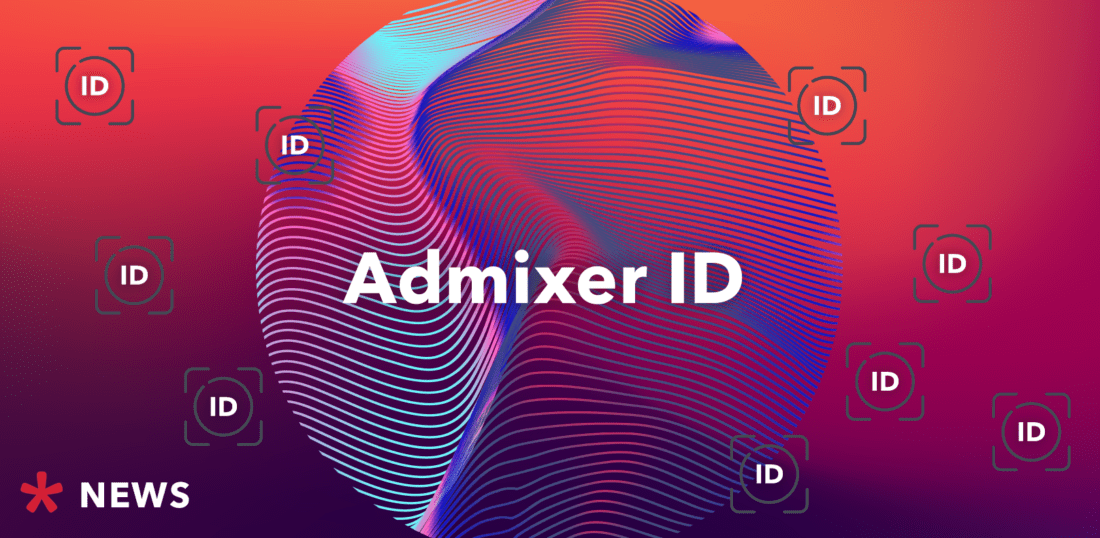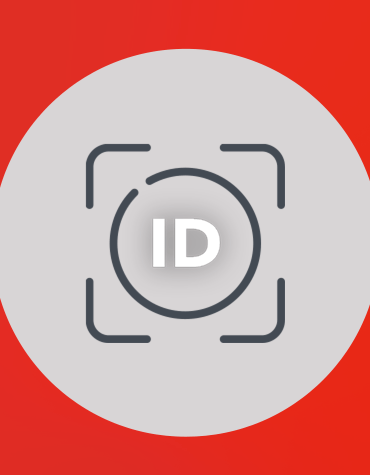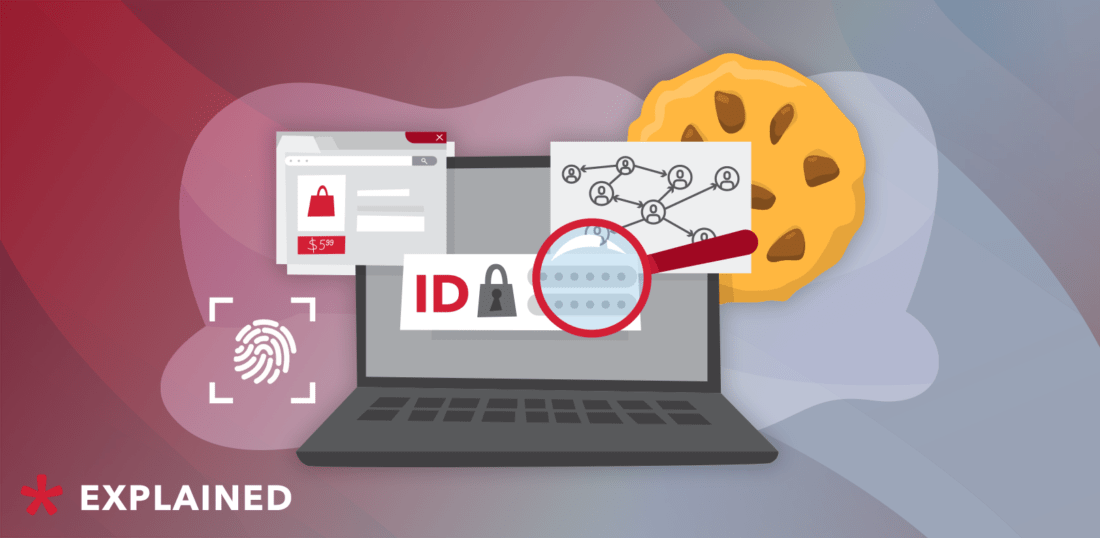
7 User Identity Alternatives to 3rd-Party Cookies
The biggest challenge for advertisers and publishers in the coming year will be establishing user identity.
Starting from 2022, Google Chrome will completely ban the action tracking between sites via cookies. 3rd-party cookies, small files installed on a user’s computer by a 3rd-party tech platform when a user visits a website, for a long time were a main user identifier on the web. They helped advertisers set ad targeting and show personalized content and ads to users.
Google’s decision can not be called unexpected — experts say that it is in line with the trend of increasing privacy and security of users. It also goes in line with GDPR coming in full swing in Europe and the previous elimination of third-party cookies in their Safari and Firefox browsers in 2017. However, Google’s plan will affect the industry a lot stronger – the corporation has an absolute monopoly on the browser market.
With the elimination of 3rd-party cookies, the addressability across web channels will be fading out. Together with 3rd-party cookies, other IDs and technical parameters may turn obsolete as well. Apple announced the explicit opt-in mechanism for IDFA, its advertising ID for iOS apps; Android is exploring similar moves for its identifier — GAAID.
- Consequences of the IDs phase-out
- Alternatives to cookies
- Birds from the Privacy Sandbox
- Universal IDs
- Data Pools or Data Clean Rooms
- User Identity Graphs
- Contextual targeting
- Fingerprinting
- Ways to Store Data on Client-side Without Using Cookies
- Main Differences Between Alternatives to Cookies
- Admixer ID – universal identity solution
- Final advice on alternatives to cookies
Consequences of the IDs phase-out
The depreciation of advertising IDs undermines the established practices of digital advertising. It will affect:
- audience targeting,
- frequency capping,
- cross-channel attribution.
For advertisers, existing segmentation and retention scenarios will vanish, not to mention optimization models for ROAS and LTV. Most of the client base will become unusable for remarketing mechanics.
Elimination of ad IDs spells doom for publishers who do not have data management capabilities in place. The eCPM of inventory without data will be 2-3 times lower, and advertisers’ budgets may be re-allocated to walled gardens and platforms that collect user data.
The industry has a year to decide on the sustainable alternative to advertising IDs or otherwise risking losing touch with their user base. Let’s review alternatives to third-party cookies that can help advertisers and publishers resolve the critical issues of targeting and establishing user identity.
Alternatives to cookies
The adtech providers have already rolled out a number of alternatives to third party cookies that are going to help publishers and advertisers identify users and personalize advertising after 2022. The solutions could be split into three broad categories.

Birds from the Privacy Sandbox
When Google announced their plan to shut down 3rd-party cookies, they offered the alternative, the so-called Privacy Sandbox. The proposed API will be based on cohort analysis of browsing history, not on individual user data, and framed as a more privacy-compliant solution.
Apart from Google’s initiative, FLoC, other companies, such as Criteo rolled out their alternatives to cookies, including API proposals like SPARROW.
Many experts criticize this approach as being too narrow and limiting for the replacement of cookies. There are also doubts about the privacy of FLoC, as its testing was postponed in Europe over concerns that it violates GDPR.
Universal IDs
The universal ID is a common identifier used by different platforms on top of other IDs. It can significantly expand the reach of the ad campaigns. Its technological objective is to identify users similar to 3P cookies but using hashed identifiers in line with data privacy regulations. This identifier is also cross-channel and cross-platform, which makes it more advanced than cookies that can only identify users on the web.
In universal IDs, two identifiers will work in conjunction:
- 1st-party website cookies
- Permanent user identifiers, such as email (hashed) and phone number (hashed).
The main limitation of this solution is the scaling problem: it requires an agreement between many publishers. As a result, universal ID providers can provide fragmented audiences and limited inventory in particular niches. So, for some advertisers, it may work well, for some – reach may be quite limited.
Data Pools or Data Clean Rooms
It’s an independent data storage, where the brand could upload its 1st-party data from one side, and publishers do the same thing from their side.
As a result, advertisers get insights about their audience from the publisher’s resources and can activate the audience with publishers targeting. It happens securely and complies with the existing privacy regulations, and does not require other alternatives to third party cookies.
This solution’s primary limitation is that it requires a trusted, unbiased intermediary, which would work in both parties’ interests and uphold local privacy laws. On the other hand, this solution is challenging to scale, as it requires agreement with many publishers.
User Identity Graphs
This solution binds together different identifiers, both PII (like emails, phones, physical addresses) and non-PII (like 1st-party cookies and pubIDs).
The main advantage of such alternative to cookies is that through user graphs, advertisers can activate audiences across different channels and connect users’ activities in different environments.
The biggest pitfall of this method is it hard to develop and deploy in-house, without accidentally compromising privacy. To ensure user data safety, advertisers and publishers need to choose a trusted vendor that will provide the necessary technical infrastructure.
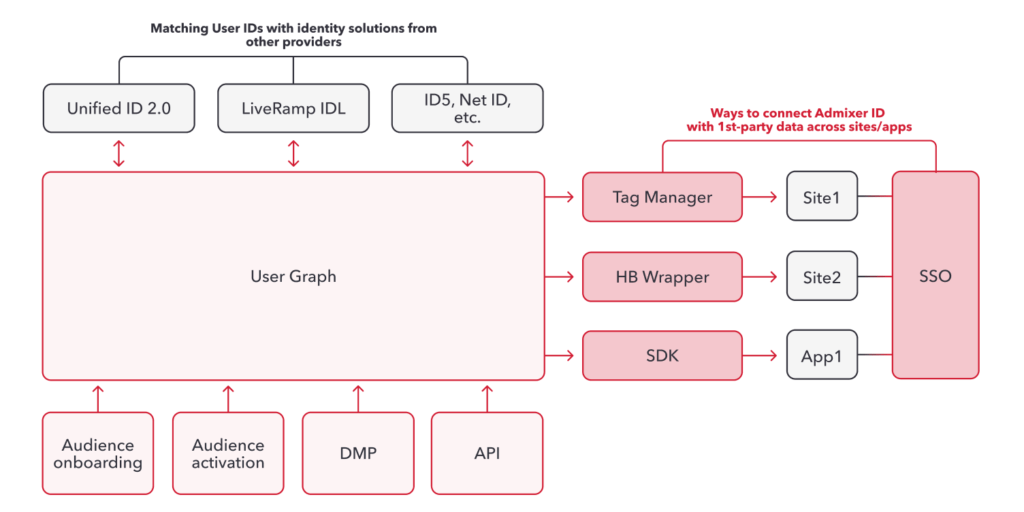
Contextual targeting
Contextual targeting allows you to display ads only on relevant web pages, focusing on the content and keywords, instead of looking for alternatives to third-party cookies. Unlike interest or behavioral targeting, which is based on patterns in audience segments’ behavior, contextual targeting is based on the context of a specific page, i.e., cookies or other ad IDs do not participate in it.
For instance, advertising for sneakers can be placed on webpages dedicated to sports, sports equipment, or marathon runners’ history.
The major pitfall of this solution is that it provides quite limited targeting options, it does not convey behavioral and demographic characteristics of users. This type of targeting can be implemented on large content websites with different thematic sections.
Fingerprinting
This method identifies users not by special codes stored on their system but by their browser, system, and device’s unique features:
- IP
- installed plugins
- screen resolution
- time zone
Ways to Store Data on Client-side Without Using Cookies
Since fingerprinting does not require storing data on the client, it is very difficult to notice and almost impossible to avoid. If 1st-party cookies are only valid within one domain, the unique characteristics remain unchanged when visiting different sites. This fact dramatically simplifies tracking.
However, unlike cookies, users cannot choose to opt-out of this tracking, violating industry-wide privacy principles. Most browsers announced that they would limit the capabilities for fingerprinting in the future.
Fingertipping is not a permanent fix but rather a temporary alternative to third party cookies the market can use during the transition. Tightening privacy regulations makes this solution unviable in the long run.
Main Differences Between Alternatives to Cookies
| 3P cookie alternatives | Pros | Cons | |
| Data pools | – Secure method of user data matching – Activation of brands’ customer audiences – Publishers’ insights about brands audience | – Limited by channels and publishers – Needs a trustworthy intermediary – Requires direct contracts with publishers | |
| User Graphs | – Multi-device and multi-channel reach – Ability to use any type of user IDs – Audience activation on different platforms | – Those solutions a regional in nature, so they might have a limited footprint in specific GEOs – Low match-rate for some types of IDs – Lack of accuracy and consent transparency | |
| Universal ID | – Allows audience targeting while maintaining data privacy – Solutions from different providers can integrate with each other – Conveys the socio-demographic characteristics of users – Allows advertisers to run cross-channel and cross-platform campaigns – Is interoperable with other ID providers – Allows distinguishing a real user from a bot | – Due to the differences in privacy laws across different countries, Universal ID is mostly local and regional – Needs to be adopted by a lot of publishers to provide valuable data | |
| Privacy Sandbox | – Allows determining the interests of users with ML algorithm, based on cohort analysis of browsing history, not on individual user data | – Provides limited attribution picture – For effective work, it needs a critical number of publishers to join the initiative – Browsers have not consolidated around a single solution – In all likelihood, browsers will set their own rules and restrictions – There’s no ready-to-use solution yet | |
| Fingerprinting | – Helps to identify the user in the absence of other identifiers – Analyzes various characteristics, including IP address, browser plug-ins, time zone, screen resolution, and others, to create a user profile | – Violates data privacy principles, as users do not have the option to opt-out of tracking – Browsers are working to limit fingerprinting capabilities | |
| Contextual targeting | – Allows targeting visitors of specific thematic sections and pages of the site | – Takes time and effort to mark the resource qualitatively – Does not convey the socio-demographic characteristics of users – Beneficial, mainly, for large online resources with multiple thematic sections |
Admixer ID – universal identity solution
Admixer has developed its own universal ID solution to help online publishers and advertisers preserve targeting, analytics, and attribution capabilities on the open web and apps.
Admixer ID tracks users across different browsers, platforms, and devices without 3rd-party cookies. It uses hashed email addresses and phone numbers obtained with explicit user consent and impossible to decrypt. Thus users can feel confident that their privacy won’t be abused.
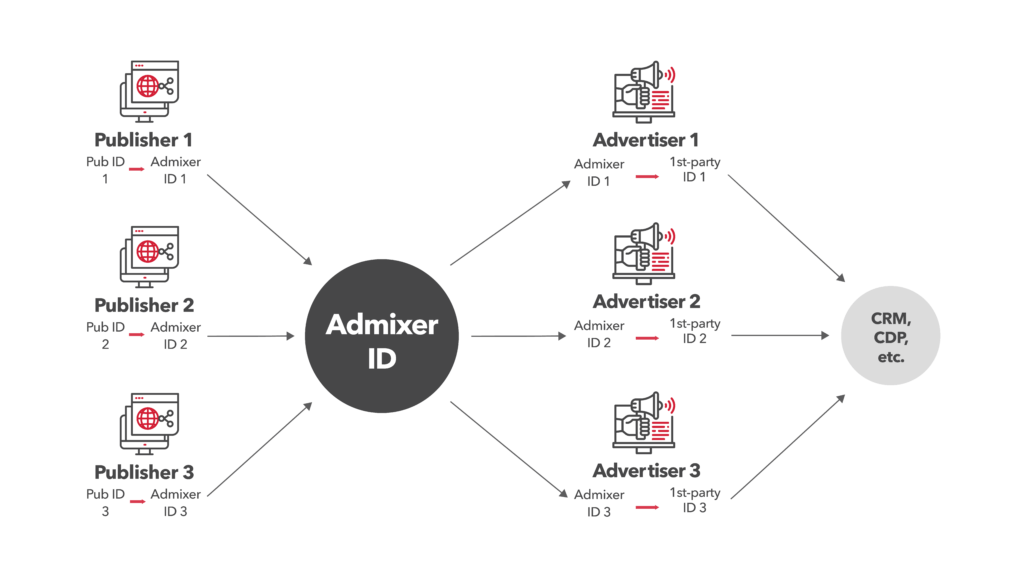
Admixer ID works in conjunction with Admixer User Graph that matches User IDs from different sources and environments:
- Web IDs (1st-party login data used to access online resources)
- Mobile IDs (IDFA for iOS and Android ID)
- Other 1st-party ID developed by different tech vendors (e.g. Unified ID 2.0, LiveRamp, ID5, Net ID, etc.)
- Verification and measurement service IDs
Adopting Admixer ID will help website and media owners increase the value of their inventory for advertisers, eCPMs and allow them to compete with data-rich Walled Gardens. The solution will enable advertisers to conduct cross-channel campaigns, measure and verify reach without compromising user identity. It is one of the most sustainable alternatives to third-party cookies.
Final advice on alternatives to cookies
The fragmented user journey to conversion and new privacy initiatives require completely new approaches for gathering users’ data. The industry has not worked out uniform alternatives to cookies yet, but one thing can be said for sure — first-party data will prevail. Publishers and advertisers need to implement a coherent data strategy:
Advertisers should define their most important channels and platforms for user acquisition and retention – and choose user IDs they need to support accordingly. They also should define their primary countries – it affects what solutions are available for this region and how big the coverage is. To get more data directly from users, advertisers should think about convincing customers to share this information, perhaps with loyalty programs or personalized discounts.
Publishers should work on their data collection capabilities as well and pick a relevant ID solution. To motivate the users to leave their email or phone, publishers can restrict access to certain parts of the content. With this approach, users will see value in sharing their personal information, and won’t object to alternatives to third party cookies.


